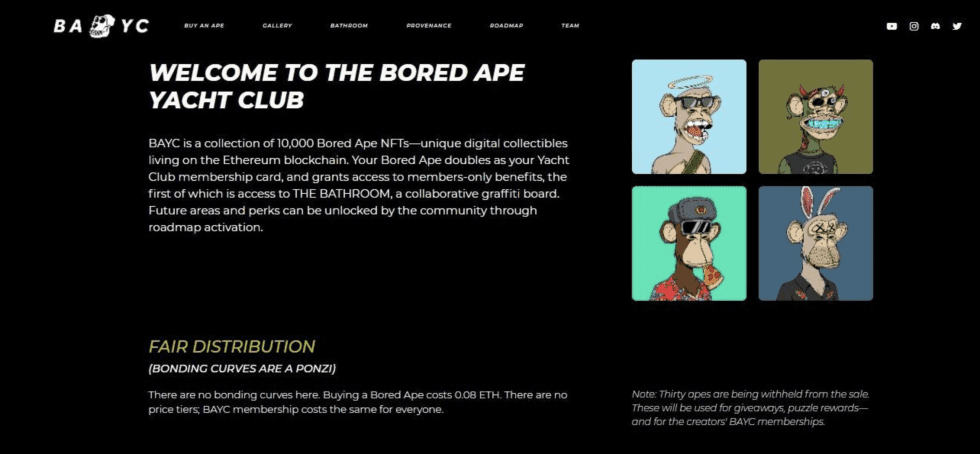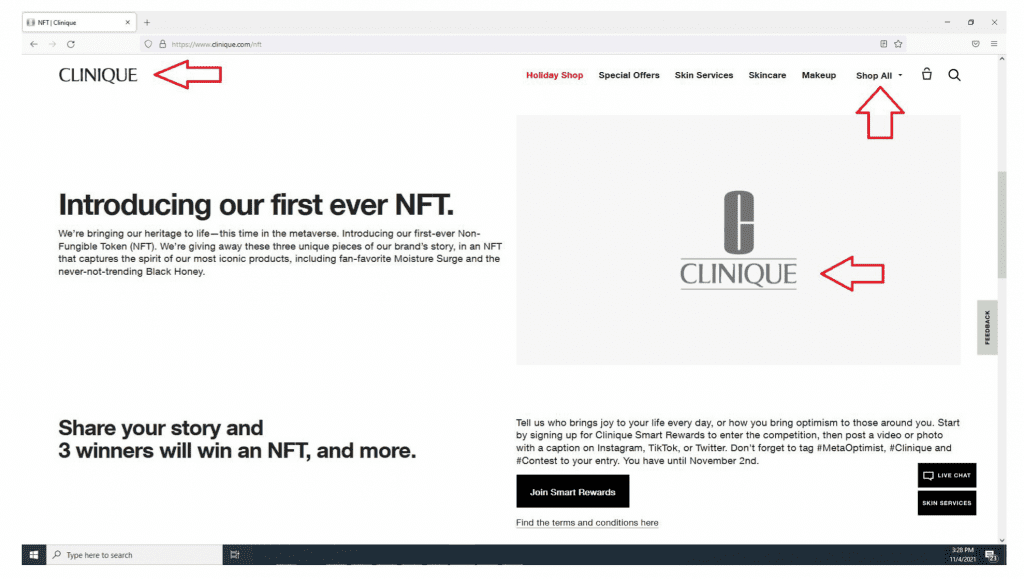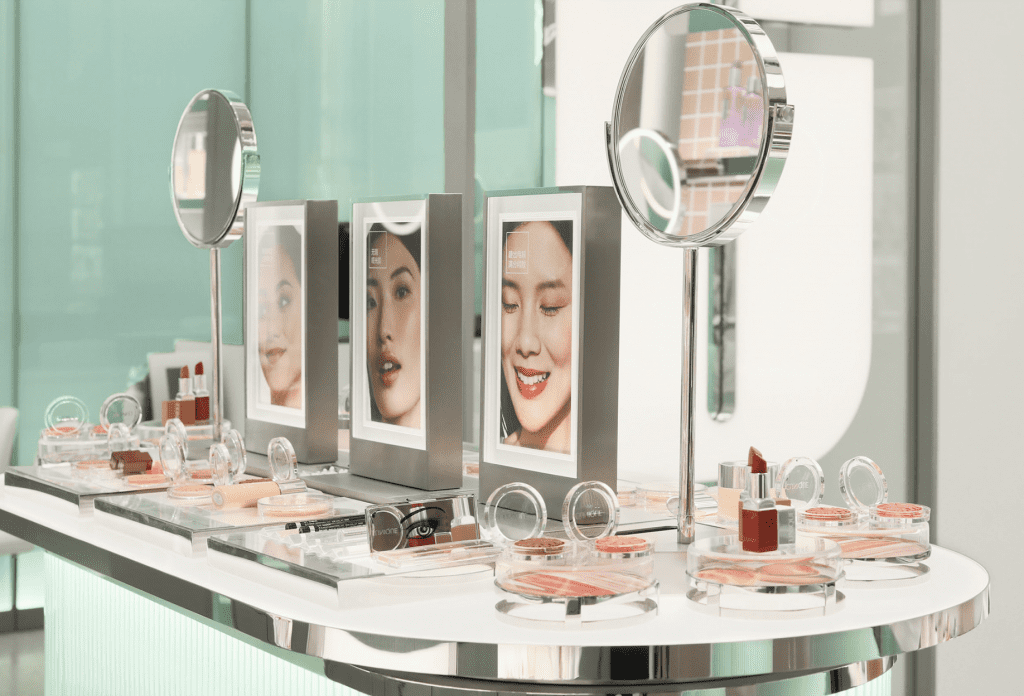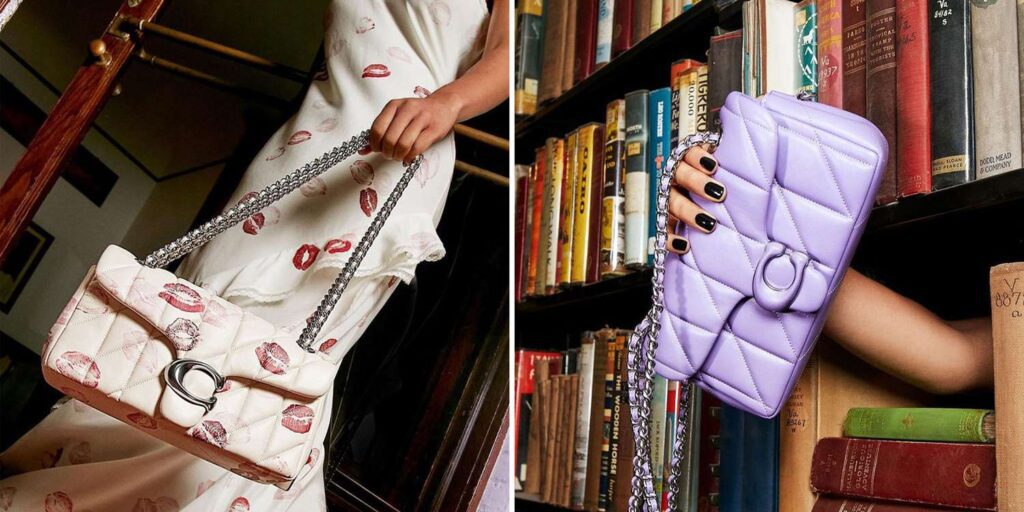As the U.S. Patent and Trademark Office (“USPTO”) continues its relatively early-stage review of the barrage of metaverse and non-fungible token (“NFT”)-focused trademark applications for registration that have been filed over the past year and a half over so, the trademark body is providing insight along the way as to how it views/will treat these applications and the marks at issue. Primarily, as reflected in its initial responses to an array of Nike-filed trademark applications for use in the virtual world, the USPTO has shed light on what the appropriate descriptions of goods/services look like for quintessential “metaverse” filings, namely, “downloadable virtual goods” (in Class 9), “retail store services featuring virtual goods” (Class 35), and “entertainment services, namely, providing on-line, non-downloadable virtual footwear, clothing … for use in virtual environments” (Class 41).
A number of additional responses from the USPTO take likelihood of confusion and failure to function into account (as TFL dove into here), and still yet, a couple of other Office actions from the trademark office suggest that another issue is worth considering when it comes to the specimens submitted with applications for registration for marks in this realm: “Premature use.” (Note: These are the examiners’ words, not mine.)
As TFL reported in April, the USPTO first raised this concern in response to the specimen submitted with an application for registration that Yuga Labs filed in May 2021 for the “Bored Ape Yacht Club” for use in connection with “digital collectibles; digital collectibles sold as non-fungible tokens” (Class 16), “maintain[ing] and record[ing] ownership of digital illustrations; maintain[ing] and record[ing] ownership of digital illustrations represented by non-fungible tokens; providing a website featuring an online marketplace for exchanging digital collectibles” (Class 35), and “online social networking services provided through a members-only website; computer services, namely, creating an online community for registered users to access a collaborative graffiti board” (Class 45).

In a non-final Office Action in March, a USPTO examining attorney stated that she was refusing to register the BAYC word mark due – in part – to the “premature” specimen that Yuga was using to show use within Class 45. The USPTO’s pushback on this front centers purely on the specimen that Yuga submitted with its application, which consists of screenshots from the BAYC website that show the inside of the yacht club bar; describes the BAYC collection, the membership access/benefits, and the community tools; and sets out “goalposts” for the project, such as “unlocking” the BAYC merch store, among other things.
The prematurity issue arises, according to examining attorney Megan Clifford, as while Yuga’s Class 45 identification includes “computer services, namely, creating an online community for registered users to access a collaborative graffiti board,” the specimen that it provided as evidence of how it is using the mark in connection with such services suggests that such use has not actually occurred – yet. The specimen “indicates that ‘The Bathroom,’ applicant’s online graffiti board, ‘will become operative once the presale is over,’” Clifford asserts. “Accordingly, applicant is not using the applied-for mark in connection with the identified Class 45 services” – at least not based on the specimen at play. (Emphasis courtesy of the USPTO.)
With the foregoing in mind, Clifford states that Yuga may either submit a new specimen that “was in actual use in commerce at least as early as the filing date of the application or prior to the filing of an amendment to allege use,” and that shows the BAYC mark “in actual use in commerce for the goods and/or services identified in the application or amendment to allege use.” Alternatively, Yuga can amend its filing basis to intent to use (under Section 1(b)) for the application as a whole to avoid having to produce a specimen at this point.
It is not immediately clear which Yuga will opt to do, as it has not yet responded to the Office Action; although, it is worth noting that the graffiti board appears to be accessible to BAYC NFT holders based on relevant media reports. (One thing that is clear is that the USPTO could find more specific/appropriate terminology when pushing back against applications in the basis of specimens that appear to show anticipatory use given that ”premature use” does not make a lot of sense when talking about 1(a) applications.)
Not the only party that is currently facing a “premature use” refusal, Clinique received a non-final Office action this spring for the application that it lodged in November 2021 for its name for use on “non-fungible tokens (NFTs) and other application tokens” in Class 9 and “providing on-line non-downloadable virtual goods, namely, digital art, photographs, videos, or audio recordings” in Class 42. In an Office action in May, USPTO examiner Abigail Lueken preliminarily refused to register Clinique’s word mark “because the specimen shows that [it] has not used the applied-for mark in commerce in connection with the identified goods and services as of the application filing date.”

The specimen that Clique filed with the USPTO to show that it is using the mark in commerce in Classes 9 and 42 consists of screenshots of its e-commerce site, including pages that advertise a chance to win its “first NFT” along with “an assortment of [tangible] products.” (In a substitute specimen that Clinique filed in February, it highlights the use of its word mark on the webpage along with a “shop all” button (which presumably refers to its offering up of physical products) along with the messaging about the NFT contest.)
Taking issue with the specimen, Lueken states “the specimen advertises the opportunity to win NFTs in a contest that has not yet occurred, and therefore, the specimen does not demonstrate use of the mark in commerce in association with the goods and services identified in the application.” If Clinique’s goods “were being sold or transported or the services were being rendered in commerce as of the application filing date,” she states that the company must submit a new specimen showing use of the mark in that way. The Estee Lauder-owned cosmetics company’s response to the Office action is not due until November.
Taken together, the two Office actions shed light on yet another obstacle that brands that have filed metaverse and NFT-centric applications for registration on a Section 1(a) basis (i.e., claiming actual use in commerce) may face in this relatively uncharted territory. (It is worth noting, of course, that to date, 1(a) applications are relatively few; as most brands have filed NFT and metaverse-focused applications on an intent-to-use basis amid a largescale rush to file applications for such novel tech that has been underway since last year.)











